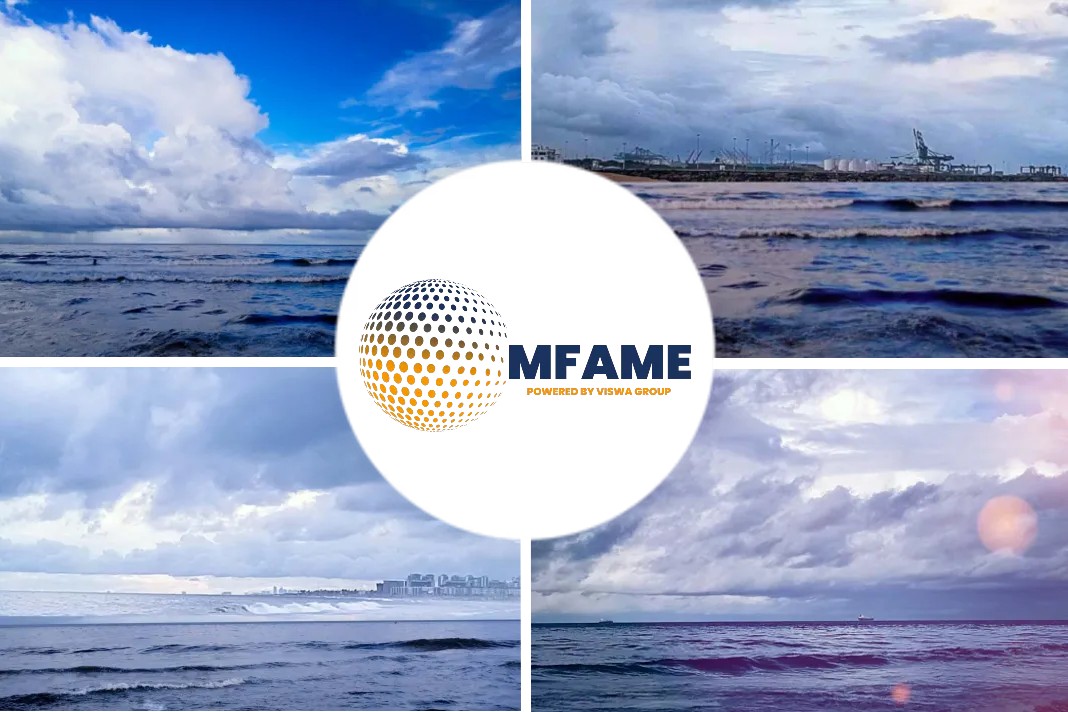
- The analytical agency Kpler said that the average total volume of oil products currently on board ships globally exceeds 200 million barrels.
- Large-tonnage VLCC (Very Large Crude Oil Carrier) tankers rose by an average of 21 per cent, while spot freight rates for medium-range vessels increased by 13 percent.
- At the end of 2022, the Organization of the Petroleum Exporting Countries noted a significant increase in the cost of chartering tankers in all directions.
The reorientation of energy flows in the direction of Asian countries has resulted in a boom in the construction of oil tankers according to a new report.
Boom in construction of oil tankers
There is a boom in the construction of tankers for the transportation of oil products in the world. This new demand is associated with the reorientation of energy flows in the direction of Asian countries according to Bloomberg this Saturday, April 1.
“According to broker Braemar, 38 medium tankers were ordered in the first quarter of 2023, making this three-month period one of the busiest for shipbuilders since 2013.
According to shipbroker Simpson Spence Youn, the number of new vessels that have been awarded international serial numbers this year is 28 units, despite the fact that for the whole of 2022, there were only 31”, the news outlet wrote.
Reduction in fuel demand
The analytical agency Kpler said that the average total volume of oil products currently on board ships globally exceeds 200 million barrels, up from 177 million barrels in 2021.
Bloomberg experts cited the increase in the share of Asian countries in world oil refining as the main reason for the growth of the tanker fleet.
As a result of the coronavirus pandemic in 2020-2021 – which led to a reduction in fuel demand – a significant number of refineries in the US and the EU were closed or reduced their processing volumes.
Expanding production capacities
At the same time, production capacities are expanding in Asia and the Middle East, as a result of which exports from these regions are now growing.
Earlier, Bloomberg reported that US traders were forced to use large-capacity tankers to transport oil to Europe, since ships carrying smaller volumes were already booked for Russian energy resources, and their freight prices have seriously increased.
At the end of 2022, the Organization of the Petroleum Exporting Countries noted a significant increase in the cost of chartering tankers in all directions.
Small vessels of the Aframax type rose more than others against the backdrop of loading factories with Russian oil on the eve of the start of the EU embargo.
Large-tonnage VLCC (Very Large Crude Oil Carrier) tankers rose by an average of 21 per cent, while spot freight rates for medium-range vessels increased by 13 percent amid a shortage of free ships, as reported by tass.ru.
Did you subscribe to our Newsletter?
It’s Free! Click here to Subscribe.
Source: Euro Weekly News























